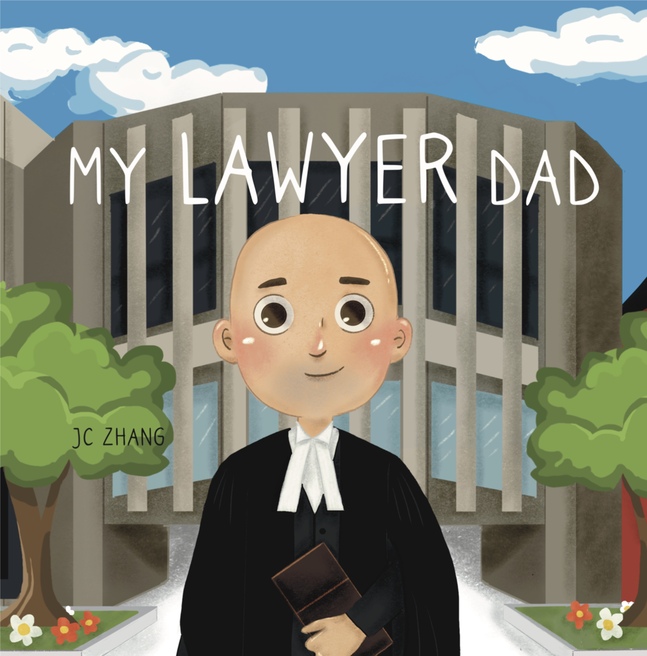When Summary Judgement is Not Appropriate
Omar Ha-Redeye was interviewed in the Lawyer’s Daily on Jan. 4, 2022, commenting on the Court of Appeal for Ontario’s decision in Jack Ganz Consulting Ltd. v. Recipe Unlimited Corporation, 2021 ONCA 907 (CanLII),
Toronto civil litigator Omar Ha-Redeye considers the appellate court decision “an important illustration of the type of cases that may not be particularly amenable for summary judgment motions,” flowing from the Supreme Court of Canada’s ruling in Hryniak v. Mauldin 2014 SCC 7, which encouraged greater use of summary judgment motions in civil litigation in order to facilitate access to justice.
“One of these areas where we have seen this happen the most is with employment law and independent contractor disputes, because the law can be relatively straightforward, and the damages rather modest as compared to other claims. The facts are also not usually in dispute in these claims, making them particularly amenable for the streamlined processes in summary judgment motions,” explained Ha-Redeye, who runs Fleet Street Law, a legal incubator in Toronto, and teaches at Ryerson University’s Lincoln Alexander School of Law.
He said that since Hryniak, several Ontario cases have explicitly described wrongful dismissal cases as suited for summary judgment, such as English v. Manulife Financial Corporation 2019 ONCA 612, “while still cautioning that each summary judgment motion must be assessed in the particular circumstances of the case,” such as Beatty v. Best Theratronics Ltd. 2015 ONCA 247, where the Court of Appeal upheld a summary judgment since the motion judge “had a full evidentiary record; the parties filed affidavits, and the respondent was cross-examined.”
Ha-Redeye said that as Beatty indicates, “there are often no real credibility or factual issues in dispute. But where there is a significant dispute in that respect, courts have suggested that summary judgment may not be the best approach,” as is the case in Lewis v. Lavern Heideman & Sons Limited 2015 ONSC 3752.
In Hryniak, the Supreme Court said that on a motion for summary judgment, “the judge should first determine if there is a genuine issue requiring trial based only on the evidence before her, without using the new fact-finding powers [under Ontario’s Rules of Civil Procedure]. There will be no genuine issue requiring a trial if the summary judgment process provides her with the evidence required to fairly and justly adjudicate the dispute and is a timely, affordable and proportionate procedure.”
Given the complexities of the case in Ganz, the Court of Appeal found that a summary judgment to resolve the dispute was not possible, said Ha-Redeye, who is also a certified in-house counsel.
“What makes this case different from other employment law type of decisions that have been resolved through summary judgment is the sheer size and complexity of it, including $25 million in lost stock options,” he explained. “This is significantly larger than the types of claims often resolved in employment law, which is relevant for the proportionality part of the Hyrniak analysis.”
“The facts of this case were also particularly complex, in that the defendant went through a significant structural change by going public, the parties continued to negotiate and discuss what the future contractual relationship might look like. The plaintiff continued to work for the defendant, and there were factual disputes around how any waiver of rights may have occurred or be interpreted,” said Ha-Redeye. “Fully weighing the evidence in a case like this, where the claim is for such a large amount, properly would require a trial.”
Ha-Redeye said that Ganz is also useful for both civil litigators “in helping to understand which cases are more amenable to summary judgment motions, especially for employment and contractor disputes,” as well as for in-house and general counsel in “highlighting and illustrating the risks involved with the renewal of contracts for outsourced services.”
However, he explained that in Canadian Thermo Windows Inc. v. Seangio 2021 ONSC 6555, the Ontario Superior Court suggested that the change to the civil litigation system encouraged in Hyrniak hasn’t really happened in any meaningful way.
“The Court of Appeal’s decision can perhaps be critiqued in this light, because one notable factor here is that the plaintiff initially wanted to have a summary judgment motion, but then didn’t properly participate in the process,” said Ha-Redeye, citing Jack Ganz Consulting Ltd. v. Recipe Unlimited Corporation 2018 ONSC 7517, in which the Ontario Superior Court dismissed a motion from JGC seeking an order that Recipe produce documents ruling that he had already received plenty through discovery.
Ha-Redeye said that “it was this particular fact that the summary judgment motion judge relied upon in her decision, citing Mazza v. Ornge Corporate Services Inc. 2016 ONCA 753,” in which she referenced the Court of Appeal stating the “well-established rule that both parties on a summary judgment motion have an obligation to put their best foot forward.”
The Ontario Court of Appeal has “itself affirmed the principle that Hyrniak should not be interpreted as meaning that large and complicated cases must go to trial, while small, single issues should not,” said Ha-Redeye, referring to Sweda Farms Ltd. v. Egg Farmers of Ontario 2014 ONCA 878.
“The Court of Appeal in Ganz could be critiqued as creating a conflict between this case and the previous cases by interpreting Hyrniak in this way, especially because Hyrniak emphasized deference to the powers of a motions judge.”
He said that Ganz could be interpreted as “encouraging parties to explore the summary judgment motion procedure, and if it doesn’t go their way, refuse to participate in the process fully by withholding crucial evidence. It is effectively rewarding bad behaviour by now allowing them to proceed to trial, after failing to provide required information to the other side.”
“This directly contradicts the entire goal of Hyrniak, which is to streamline proceedings, reduce the number of hearings and use of court resources, and eliminate unnecessary steps in civil litigation.”
 Previous Post
Previous Post Next Post
Next Post